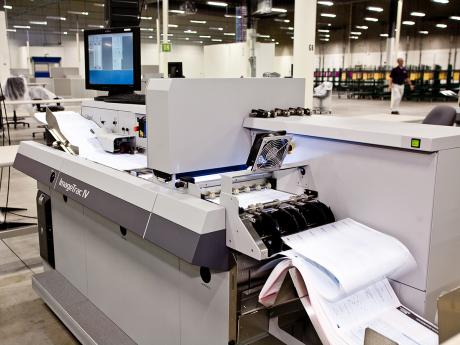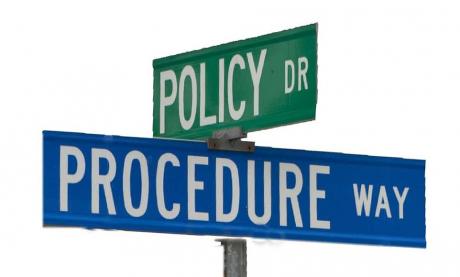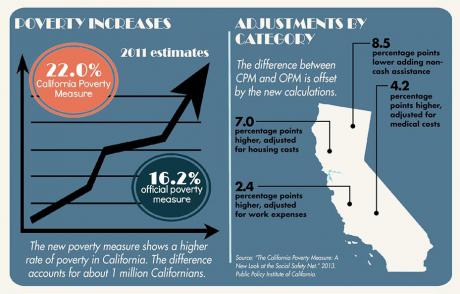What is the current poverty rate in the United States?
Current estimates on poverty in the U.S.
The official poverty rate is 10.6 percent, based on the U.S. Census Bureau’s reports for 2024. That year, an estimated 35.9 million Americans lived in poverty according to the official measure. The poverty rate fell 0.4 percentage points from 2023. According to the supplemental poverty measure, the rate was 12.9 percent, statistically unchanged from 2023.
The official poverty measure was developed in the 1960s in conjunction with President Lyndon Johnson’s War on Poverty. Each September the U.S. Census Bureau releases an update of the national poverty rate for the prior year.
The official measure today is based on data from the Current Population Survey Annual Social and Economic Supplement. The survey is sent to U.S. households, so the poverty estimates do not include those who are homeless. The sample also excludes military personnel who do not live with at least one civilian adult as well as incarcerated adults.
How high has the poverty rate in the U.S. been historically?
Historically, the official poverty rate in the United States had ranged from a high of 22.4 percent when it was first estimated for 1959 to a low of 11.1 percent in 1973. Since its initial rapid decline after 1964 with the launch of major War on Poverty programs, the poverty rate has fluctuated between around 11 and 15 percent.
Individuals also transition into and out of poverty over time, though many of those who are poor at any given time will spend multiple spells in poverty. Research shows that transitions into or out of poverty often happens after major life events such as marriage, divorce, or sudden changes in income. These transitions also can be associated with larger shifts in unemployment or wages.
What is the difference between the official and supplemental poverty measures?
The official poverty measure triples the inflation-adjusted cost of a minimum food diet and creates thresholds based on family size, composition and the age of the householder. Anyone living in a household with an income below their relative poverty threshold is considered to be in poverty.
The U.S. Department of Health and Human Services develops their Federal Poverty Guideline income thresholds based on the official poverty measure estimates. These income thresholds are used to determine eligibility for federal safety net programs, such as Medicaid or WIC.
Since the 1960s, new poverty measures, including the U.S. Census Bureau’s supplemental measure, provide a more complex understanding of poverty in the United States. The supplemental measure includes basic costs of living that can vary across states. It also includes transfers from safety net programs and in-kind benefits.
Updated 10/30/2025
For more information:
Shrider, EA and Bijou, C. Poverty in the United States: 2024. Census Bureau, September 2025.















